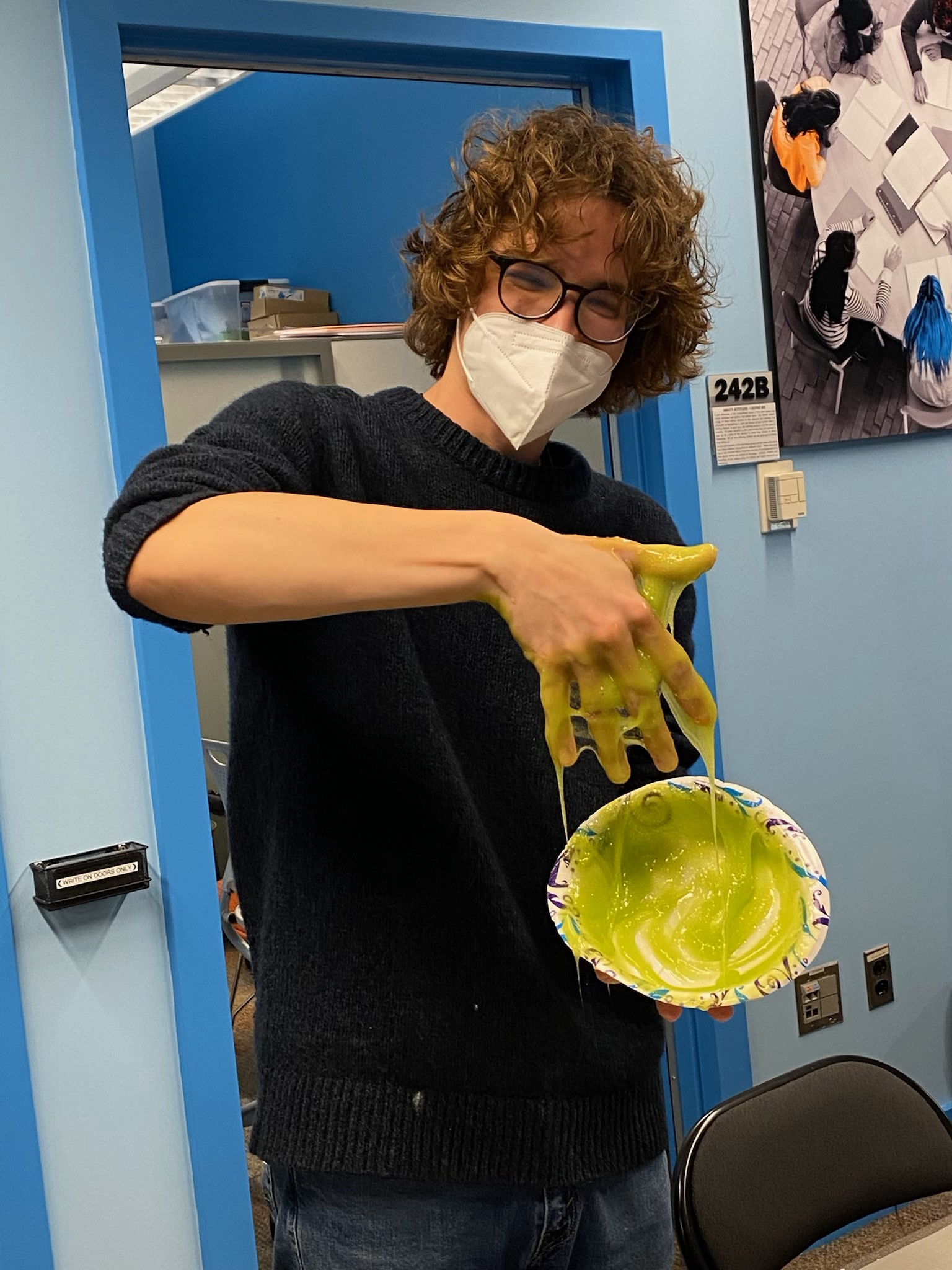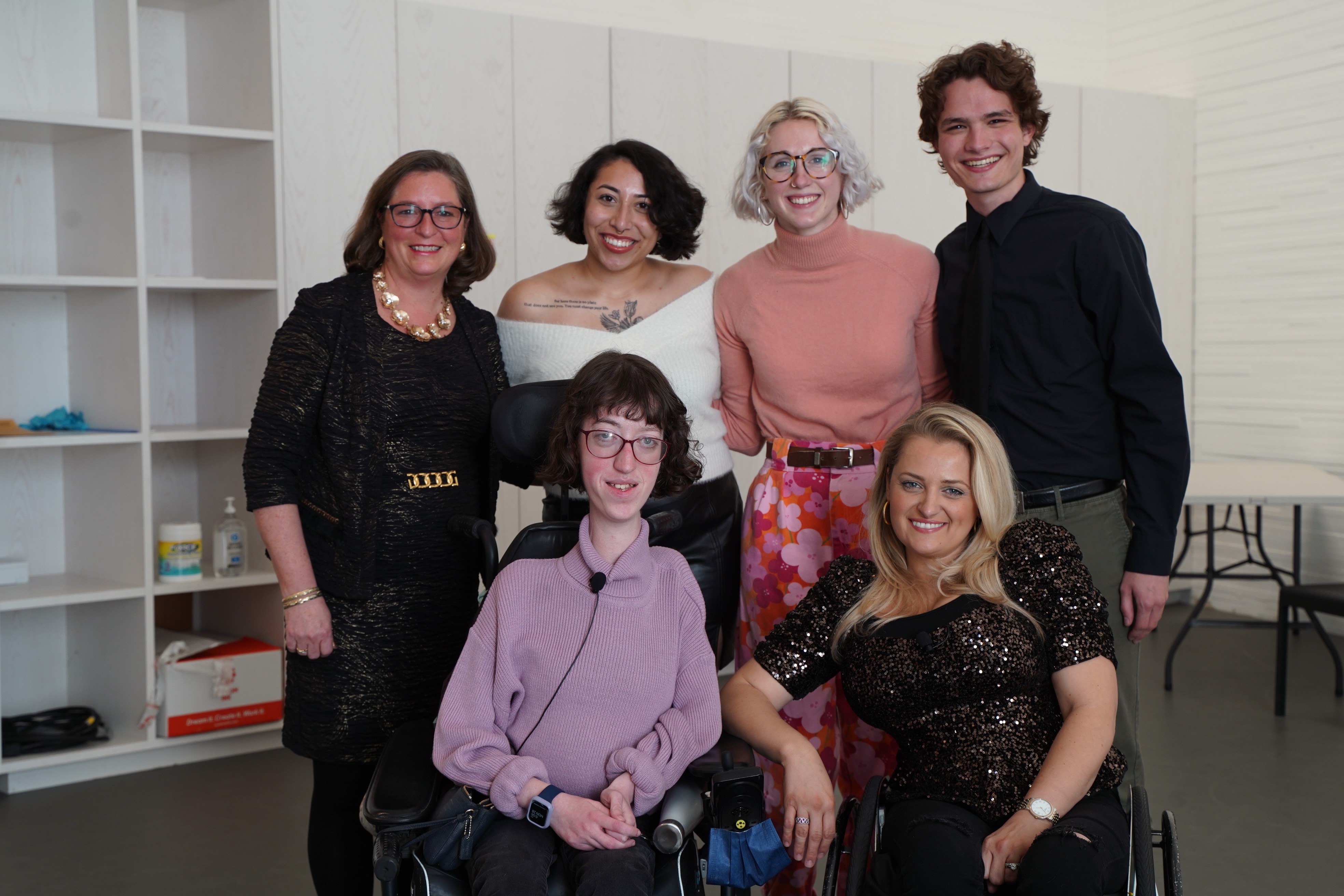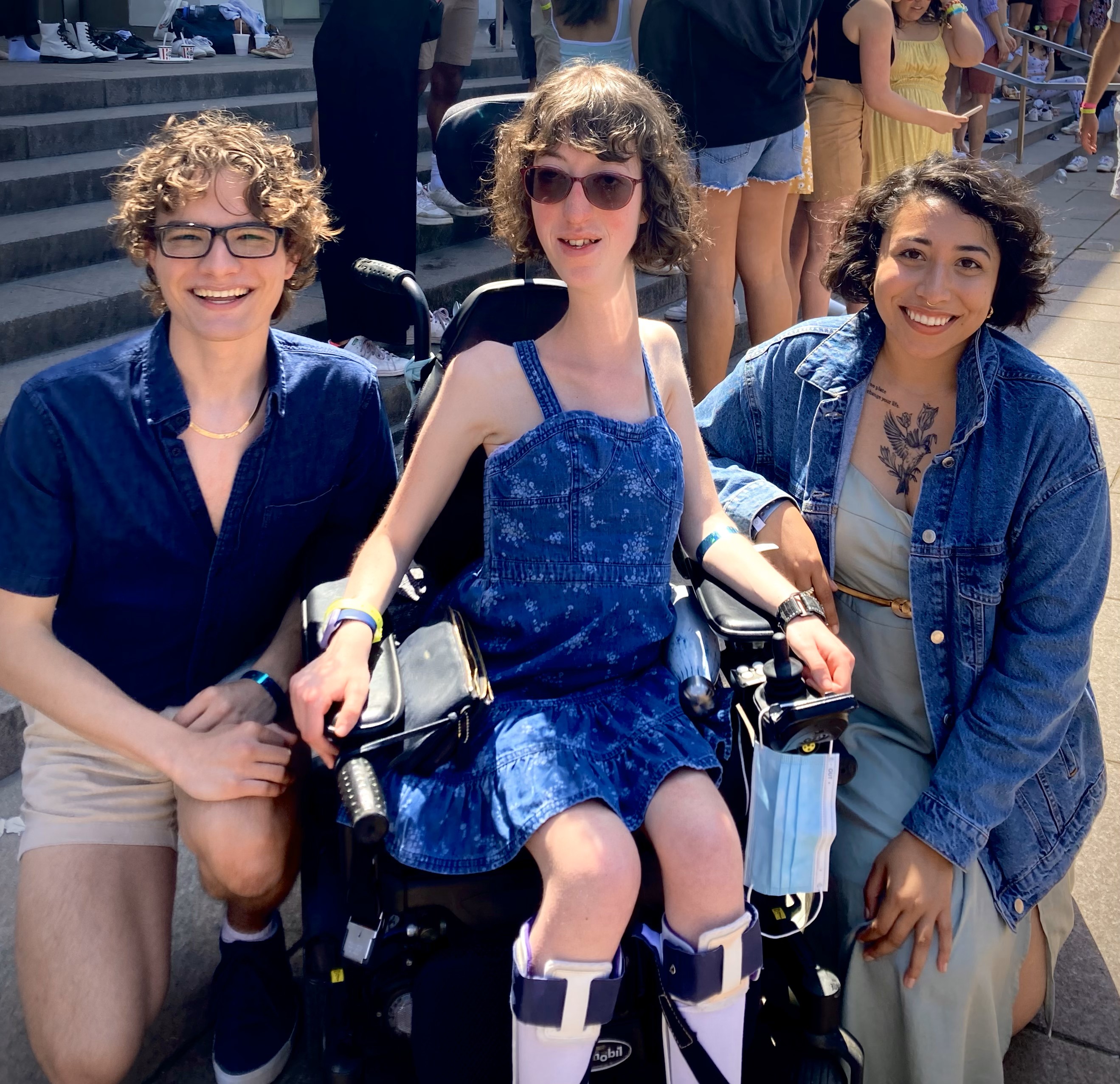During my first year at Princeton, I spent the majority of my time in my childhood bedroom. I attended Zoom University, and my cat memorized my course schedule, and consistently, five minutes before the end of each class, she screamed at me from behind my desk chair until I laid on the floor with her. For the ten minutes between my classes, she would rub up against my hand and stretch out – protruding her belly and reaching her paws backwards until she became a circle. For one year, my inconsiderate, loud-mouthed, attention-seeking best friend was enough.
Even during my second academic year and first year on campus, I felt safe alone. I frequently walked through Prospect Garden at night, sometimes removing my shoes to place my feet in the fountain. Usually twice per week, I ran along the Towpath watching the slow movement of Carnegie Lake. It reminded me of my runs at home along the Arkansas River. My comfort spaces were small and controlled, and for me and some of you, that’s perfect. Spaces close to home and close to heart, do not necessarily need to be close to people.
Honestly, typical community spaces overstimulated me. I ate meals in my dorm instead of the Dining Halls because the noise of dozens of conversations overwhelmed me. When my friends invited me to the Eating Clubs, I almost always turned down the invitation because I felt unsettled moving through strobe lights and forcing pleasantries. I tried to join Club Swim, Club Running, and the Improv Troupes, but I was intimidated. The social skills I learned in the South do not translate into the social nuances of the Northeast.
Although comfortable alone, I was still looking for my space at Princeton. Fortunately, I found a space that understood me. At the end of Fall 2021, I saw an email about a position working with the AccessAbility Center. The AccessAbility Center is a gathering space designed for universal access and to foster conversation about disability and access. Our mission is to see disability as a part of diversity. Luckily, I became a Fellow where I hosted disabled speakers, planned stress relief events, and functioned as an accessibility consulting for other campus organizations.
The center offered numerous social and sensory supports: therapy dogs during midterms and finals season, standing desks, sensory lights, white noise machines, and fidgets. The conscious and proactive steps towards accessibility in the AccessAbility Center ensure that everyone, myself included, possessed the resources to be safe, comfortable, and productive.
I also found my people at the AccessAbility Center: my friends, my advocates, and my supporters. Spring 2022, during a formal biannual meeting, I needed to move and fidget. Instead of excusing myself, I asked for a 10-minute break. During the break, I started jumping jacks. My coworker Topaz Winters smiled, laughed, and said, “I love you.” The center attracted people who understood disability and encouraged me to unmask. Because of them, I found a version of myself with fewer masks.
For me, an autistic person, these supports – including jumping jacks – are normal. I need them, and in the AccessAbility Center, I did not have to abandon that need. It is provided without question and with a smile. Everyone is their own normal, and the AccessAbility Center celebrates the difference between those normals.









